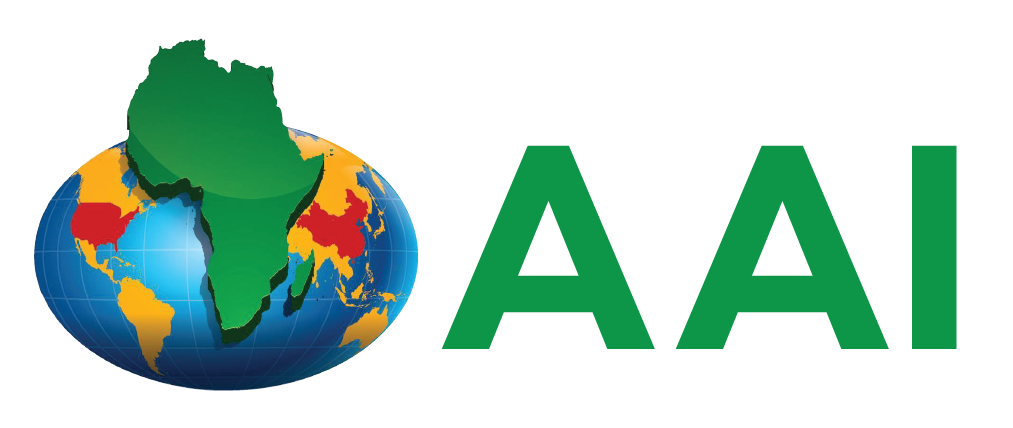Our History

Ghana
Official Name: Republic of Ghana
Total Area (Sq Mi): 92,098
Population(2020 est.): 30,777,000
Location: West Africa, situated on the coast of the Gulf of Guinea
Capital: Accra
Monetary Unit: Ghana cedi (GH¢)
The ‘Gold Coast’ was a port for the trading of gold in the 15th century by Dutch and Portuguese traders who initiated colonisation of the small West African country. The name ‘Ghana’ is believed to be derived from the ancient Kingdom of Ghana which also traded in gold and was adopted as its name in 1957, when the country became the first in sub-Saharan Africa to be independent of British colonial rule. Independence was achieved through a group known as the ‘big six’ led by Kwame Nkrumah, a Pan-Africanist and the first President of Ghana.
The country is divided into ten regions and its coastline meets the Gulf of Guinea at its southern most four regions. It was in the coastal Central Region that Elmina Castle, a slave-trading port was built, now a UNESCO World Heritage Site. It formed the backdrop for the 2019 ‘Year of Return’, an invitation by President Nana Akuffo Addo in 2018, to the African Diaspora to visit Ghana with the aim of boosting tourism, increasing investment and encouraging settlement in the country. With a population of 28 million people, Ghana boasts of a rich mixture of tribes including Akan (made up of Ashanti; Fante; Akuapem; Akyem; Kwahu), Ewe, Hausa and Ga-Adangbe. The most commonly spoken native dialect is Twi.
The Ghanaian economy, as well as relying on its trade in gold, includes diamond; timber; bauxite; manganese and oil exports, making its mining industries vulnerable to exploitation from foreign companies with the industrial expertise.
Another successful export is Kente cloth, celebrated and worn as a symbol of prestige and wealth, adopted by African-American academics as a symbol of pride and achievement in fraternities, sororities or at graduation. Stories shared regarding its invention credit the popular fable character ‘Ananse Spider’ as the inspiration for the woven web-like first design.

